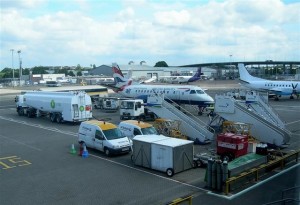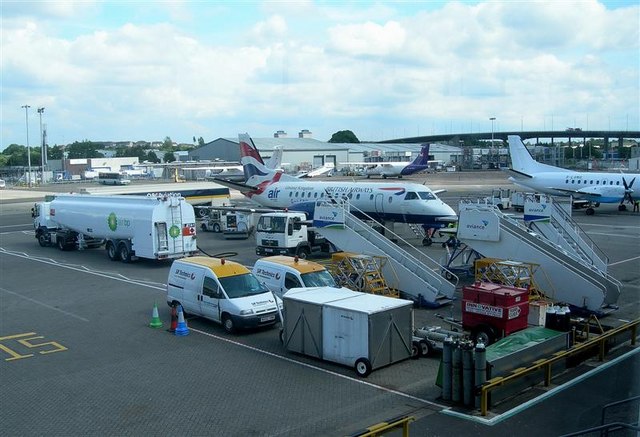 Growth in the airfreight market decelerated at the start of 2015 following a strong performance, and industry watchers are in two camps on what this could mean for the sector.
Growth in the airfreight market decelerated at the start of 2015 following a strong performance, and industry watchers are in two camps on what this could mean for the sector.
The International Air Transport Association (IATA) is not too optimistic about 2015 even as it admits “it is too early to be certain of a trend towards weaker air freight.” Its data for global airfreight markets showed a 3.2% expansion in freight tonne kilometers (FTKs) in January 2015 compared to the same month last year.
The growth is slower than the average of 4.5% recorded for 2014. Asia-Pacific, African, and Middle Eastern airlines expanded strongly, but airlines in Europe and North and Latin America all reported demand contractions.
IATA said at least two emerging factors could negatively impact demand for air cargo in the coming months. These include declining business confidence since mid-2014 and the tailing off of export orders towards the end of the year, and a reversal of the positive trade-to-domestic production ratio which boosted cargo volumes last year.
“January was a disappointing start to the year for air cargo. And it is difficult to be too optimistic about the rest of the year given the economic headwinds in Europe and growing concerns over the Chinese economy. Add to that the continuing trends of on-shoring production and trade protectionism and 2015 is shaping up to be another tough year for air cargo,” said Tony Tyler, IATA’s director general and CEO.
Asia-Pacific carriers in particular grew their FTKs 6.9% compared to January 2014, supported by an improvement in regional import activity. Japan’s expansion is helping regional volumes, but there could be concerns over the Chinese economy, which saw export orders contracting at the fastest pace in three years.
European airlines saw volumes fall 1.2% in January compared to a year ago, and North American carriers experienced a 1% fall in FTKs. Middle Eastern carriers expanded FTKs 9.2%, Latin American airlines suffered a 6.4% fall, and African airlines grew cargo volumes 5.2%.
Nothing to worry about?
For WorldACD, on the other hand, the drop in revenues per kilogram of almost 11% year-over-year and 8.5% month-over-month in the first month of 2015 is still not a cause for alarm.
It said this is because almost two-thirds of the yield drop was actually caused by decreasing surcharges. “The reason behind this decrease would seem to be good news for everyone involved, with a possible exception for the oil companies,” it added.
Another reason for the yield decrease was the deteriorating exchange rates of virtually all currencies against the dollar, and the third was the usual effect of January showing lower yields than December.
Worldwide January volumes were up by 3.2% year-over-year, and while this was not great, WorldACD said it was also not too bad given that January 2014 was already part of the recovery that started in autumn 2013.
North America and Asia Pacific were the origin regions with the largest year-over-year volume growth (8.3% and 5.5%, respectively), the former also being the only region that hardly lost volume compared to December.
“A substantial part of the growth in the USA came from Pacific States business destined for Asia, presumably a nice windfall from the port problems,” said the airfreight market data service.
Central & South America saw its first year-over-year volume contraction in January. Africa had the smallest year-over-year percentage growth in 12 months, while Europe and the Middle East & South Asia showed “business as usual” by continuing their below average growth pattern.
Photo: Mary and Angus Hogg





